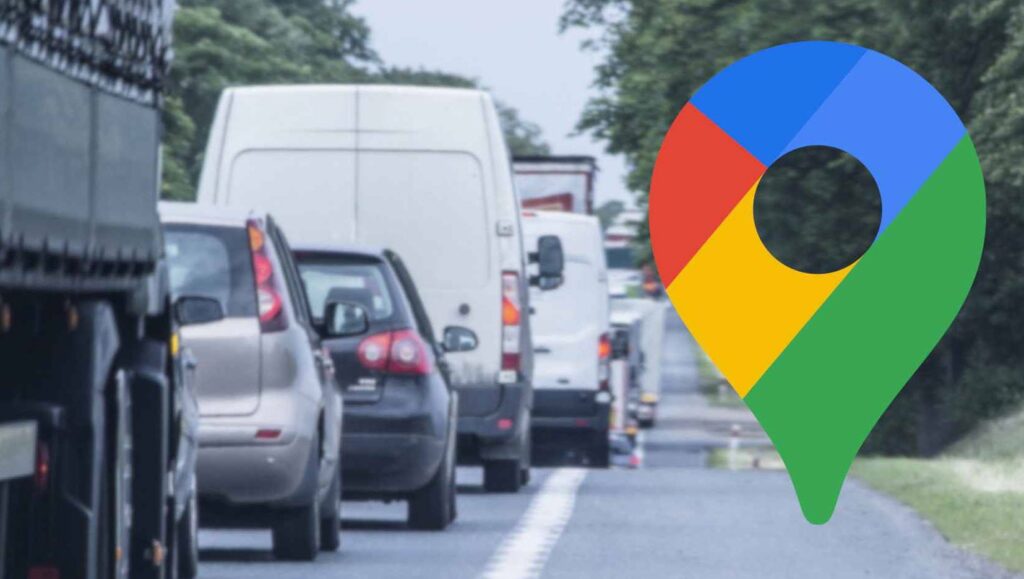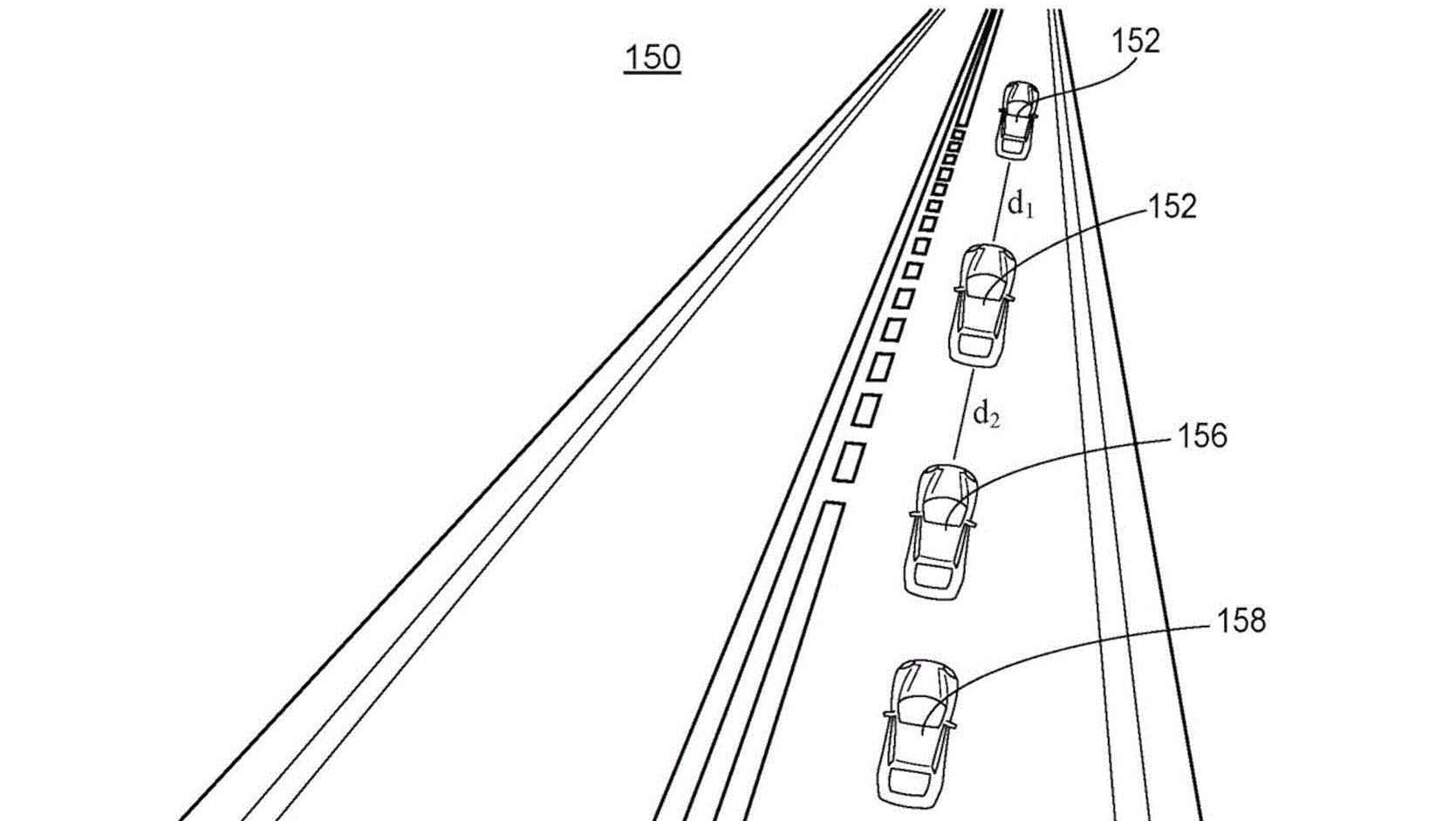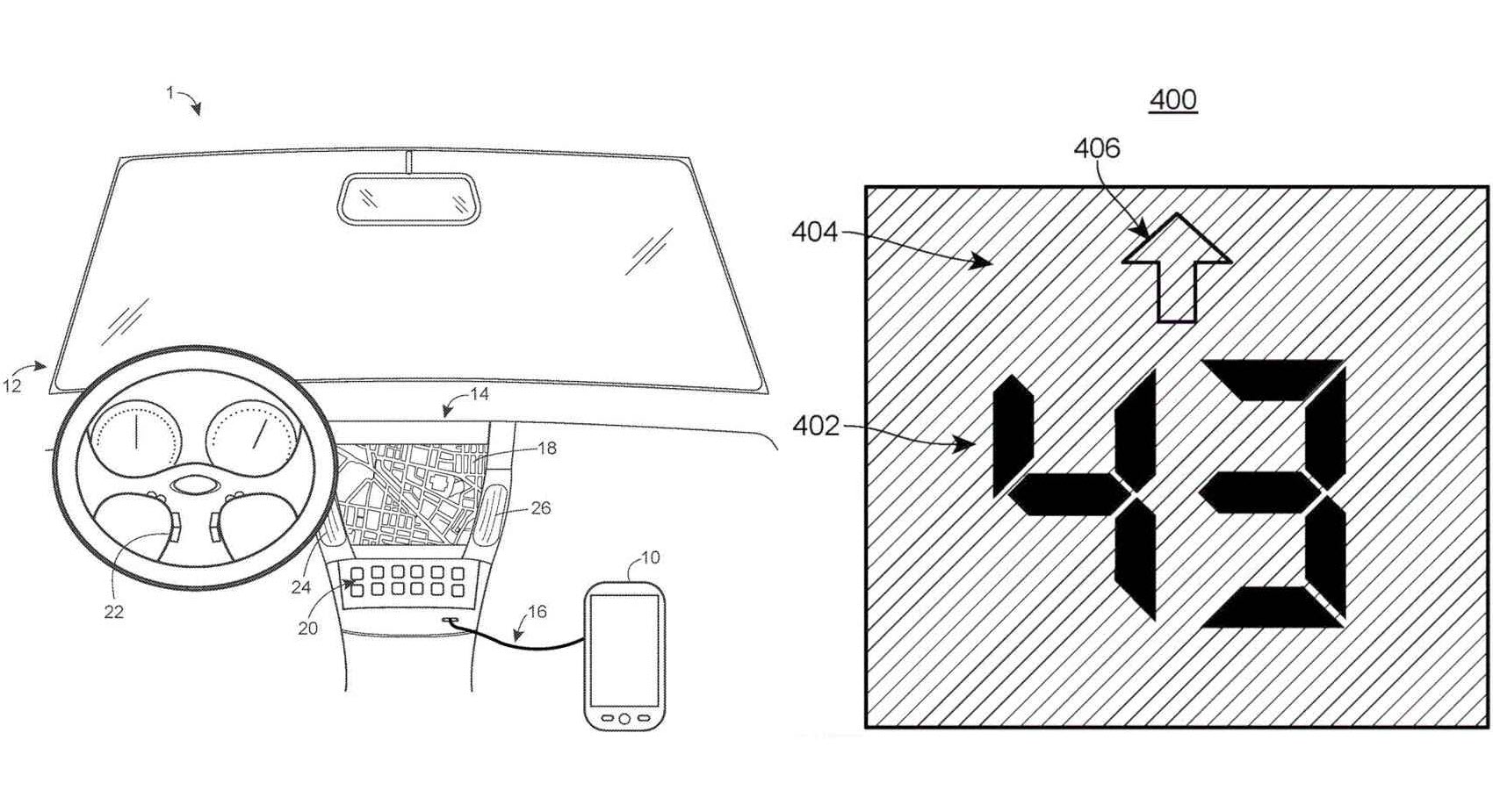Other Technology | April 28, 2024

Google has filed a patent that will allow Android Auto and Google Maps to detect so-called ‘phantom jams’ on the roads.
Of all the apps available on Android Auto, Google Maps is arguably the most popular; we could even say that Google Maps on Android Auto is essential for our trips, due to the wide range of functions it integrates and how it can enhance our driving experience.
For example, Google Maps can alert us to approaching speed cameras, or it can also remember where we parked the car, making it easy to find it with our phone when we return.
The new feature that Google is working on has the potential to be even more revolutionary; the company wants to eliminate the so-called ‘phantom jam,’ but to do so, it wants us to trust Google Maps completely and follow the speed it indicates exactly.
The ‘phantom jam’ is a phenomenon that occurs when vehicles on a road come to a stop or reduce speed as if there were a congestion problem; however, in reality, there is no apparent reason for drivers to behave in this manner.
Phantom jams are even more frustrating than regular traffic jams because they have no real reason; they don’t occur due to accidents or even a large number of cars in a short period of time. These are known issues on the road, and they have their explanation (although not always a solution); however, phantom jams have only one culprit: the drivers themselves.

A phantom jam occurs when drivers reduce their speed due to reasons unrelated to the road conditions. This could be due to distractions (such as beautiful scenery or even eye-catching advertisements) or risky maneuvers like unexpected lane changes that don’t result in accidents but cause drivers to slow down, thereby affecting the vehicles behind them.
Google is well aware of these issues. Their researchers have calculated that the effect of phantom jams can create delays of half an hour, an hour, or even several hours on journeys. Their solution is to use mathematics and traffic data to prevent them.

The patent details a system that identifies road segments that have reached a certain level of traffic and calculates the speed at which those vehicles are traveling. The system would be able to send this information to vehicles approaching the congested area. Based on this information, an app like Google Maps would be able to show the driver a “target speed” they should follow.
This speed would be calculated based on the distance of the car from the congested area and the speed of the cars in the traffic jam, so that the driver never encounters the jam; by the time we reach the area, the traffic jam will have dissolved. Phantom traffic jams usually don’t last long, so it’s better to reduce speed slightly and avoid encountering them, rather than having to brake almost completely and then accelerate again after passing the congested point.
For now, this innovation is only a patent registered by Google, but the company already has at least part of the necessary technology to make it a reality; Google Maps is already capable of detecting momentary traffic jams and displaying them on the map, for example.